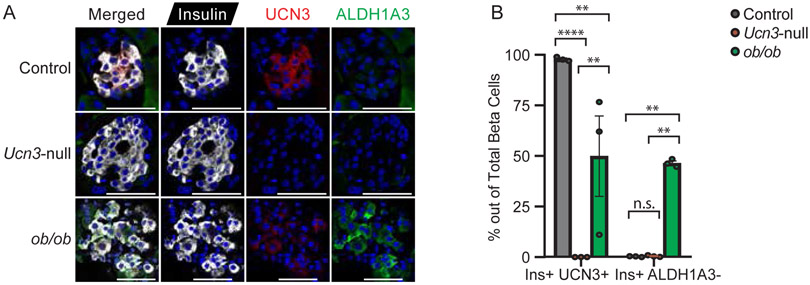Figure 3. The absence of UCN3 does not lead to beta cell dedifferentiation.
(A) Immunofluorescence of insulin, UCN3, and ALDH1A3 in islets from wild-type, Ucn3-null, and ob/ob mice. Control mice co-express insulin and UCN3 in beta cells, but express little to no ALDH1A3. In contrast, more insulin-positive beta cells in ob/ob islets express ALDH1A3 and exhibit weaker immunoreactivity of UCN3. Ucn3-null mice, like their control littermates, express little to no ALDH1A3 in beta cells but lack expression of UCN3. Scale bars indicate 50 μm. (B) Quantification of insulin-positive, UCN3-positive and insulin-positive, ALDH1A3-positive cells in control, Ucn3-null, and ob/ob mice, as percentage of total beta cells. n = 3 animals per group, at least 10 islets and 500 cells counted per animal. Error bars reflect SEM. **p<0.01, ****p<0.001

